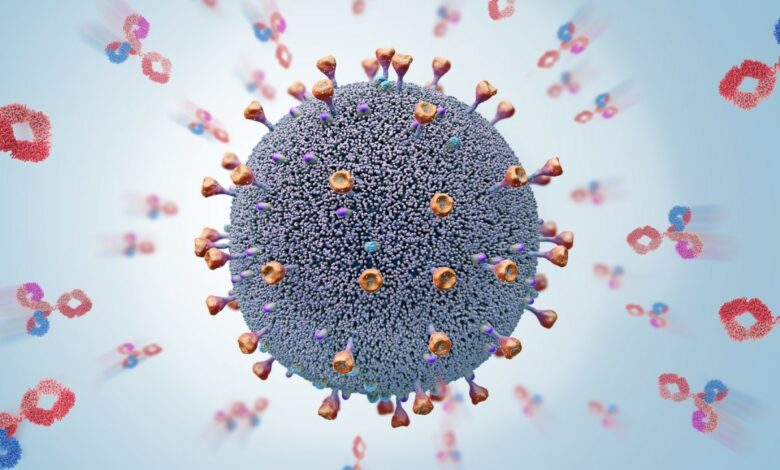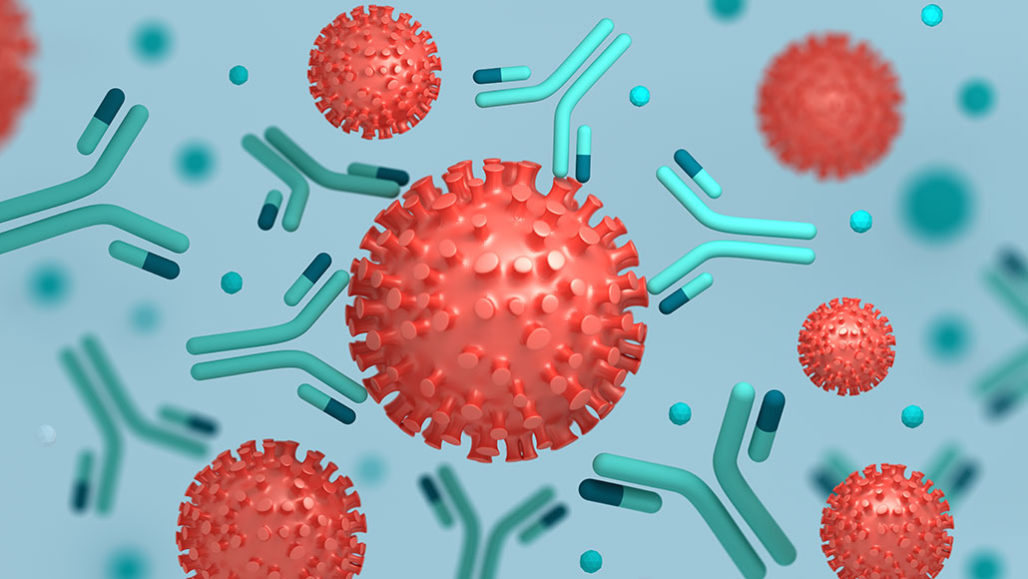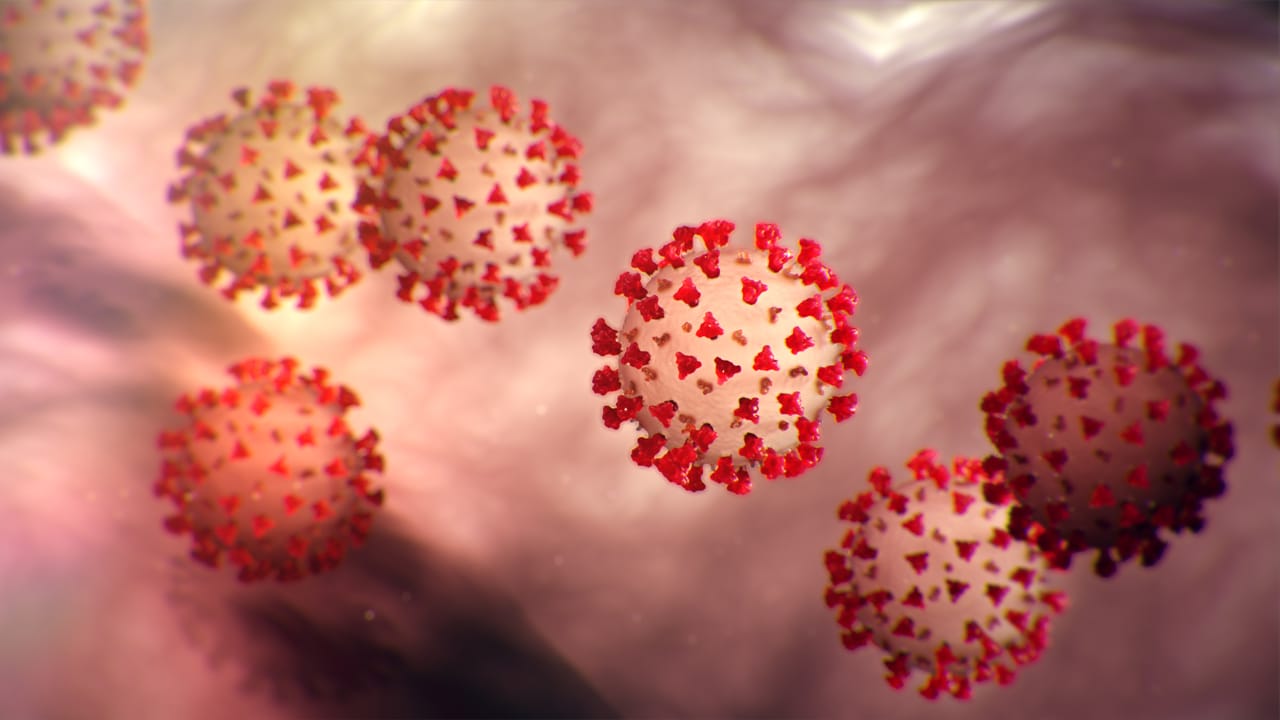Promising new antibodies against novel coronavirus found

Scientists have identified and further developed novel antibody fragments from llamas and alpacas that can be used against the SARS CoV-2 virus which causes COVID-19.
These “nanobodies” identified by an international team led by the University of Bonn in Germany are smaller than classic antibodies.
They can penetrate the tissue better and can be produced in larger quantities.
The team also combined the nanobodies into potentially effective molecules attacking different parts of the virus simultaneously.

The approach, described in the journal Science, could prevent the pathogen from evading the active agent through mutations.
Antibodies are an important weapon in the immune system’s defence against infections.
They bind to the surface structures of bacteria or viruses and prevent their replication.
One strategy in the fight against disease is therefore to produce effective antibodies in large quantities and inject them into the patients.
However, the immune system produces an almost infinite number of different antibodies, and they all recognise different target structures, the researchers said.
Only very few of them are for example capable of defeating the SARS coronavirus-2, they said.
“We first injected a surface protein of the coronavirus into an alpaca and a llama,” explained Florian Schmidt, from the University of Bonn’s Institute of Innate Immunity.
“Their immune system then produces mainly antibodies directed against this virus. In addition to complex normal antibodies, llamas and alpacas also produce a simpler antibody variant that can serve as the basis for nanobodies,” Schmidt said.

A few weeks later, the researchers took a blood sample from the animals, from which they extracted the genetic information of produced antibodies.
This “library” still contained millions of different construction plans.
Using a complex process, they extracted those that recognise an important structure on the surface of the coronavirus, the spike protein.
“Altogether we obtained dozens of nanobodies, which we then analysed further,” said Paul-Albert Konig, from the University of Bonn and lead author of the study.
Four molecules actually proved to be effective against the pathogen in cell cultures.
“Using X-ray structures and electron microscopy analyses, we were furthermore able to show how they interact with the spike protein of the virus,” Konig added.

SEO optimisation-Pavitra




